Miró: His Most Intimate Legacy
Miró: His Most Intimate Legacy
April 1–September 26, 2022
Fundació Joan Miró
Parc de Montjuic, s/n
08038 Barcelona
Spain
Over the years, Joan Miró preserved artworks that enabled him to maintain an emotional link with his work and which also served him to look back over his artistic evolution. As Miró wove his life project, he extended this habit to his wife, Pilar Juncosa, and his daughter, Dolors Miró, carefully setting aside key works for them. Miró’s generosity continued as time passed in his grandsons, David, Emili, Joan and Teo.
Miró: His Most Intimate Legacy reveals an aspect of Miró that remains largely unknown, that of a collector of his own work, which translated into the creation of three family collections of outstanding magnitude. The exhibition considers the evolution of this body of work while providing fresh insights into Miró’s more personal side. Curated by Marko Daniel, Director of the Fundación Joan Miró, together with Elena Escolar and Dolors Rodríguez Roig, historians in the foundation’s Collections Department, the exhibition reconstructs a timeline of Miró’s generosity, from his private gestures to his loved ones to his resolve to share his legacy through the Fundació Joan Miró. The show brings all the family collections in the foundation into a dialogue and pays tribute to the Miró family, who, thanks to their generosity, have helped to build the most important public collection of Miró’s work in the world.
Miró: His Most Intimate Legacy presents approximately 180 objects, among them some 80 works by Miró from 1910 to 1976, as well as preparatory drawings, documents and family photographs that have never been displayed before. This body of works, structured into five different sections, invites us to imagine the links between the selected exhibits and the cultural and historical moments of the twentieth century that Miró and his family witnessed.
The exhibition opens with an exploration of the origins of Miró’s personal collection. The works presented in this first section allow the visitor to trace the artist’s pictorial evolution from the time of his training and the early European influences of Fauvism and Cubism before culminating in Surrealism, with the sole work that he dedicated to his parents, Painting (Wine Bottle) (1924).
The artist gave his wife one work from almost all the series he produced, putting together for Pilar a collection of key pieces as a gesture of care and love. Notable among them is Painting (1936), shown in the second section of the exhibition, alongside pieces such as The Morning Star (1940), the only gouache from the series of Constellations that can be seen in Europe today.
The third chapter of the exhibition features a selection of works that Miró saved for his daughter, such as the piece with which he began her collection, one of the twenty-seven Paintings on Masonite (1936), the series he started around the outbreak of the Spanish Civil War.
Miró continued this gesture of love for the following generations, creating works and dedicating them with affection to his grandsons. In the fourth section of the exhibition, it is possible to view together for the first time the rectos and versos of two pairs of works that Miró dedicated and gave to them.
In the mid-1960s, Miró conceived of four major projects to culturally enrich the city of Barcelona: the Mural at Barcelona Airport, the Monument in the Parc de Cervantes, the Mosaic on Pla de l’Os, and the Fundació Joan Miró, designed by the architect Josep Lluís Sert. Miró’s wish was for his legacy to pass from the private realm into the public sphere, and with this intention he donated to the foundation a considerable number of his most recent works, such as his Burnt Canvases series, four of which are presented in the final section.
With the support of the Banco Sabadell Foundation, the exhibition is accompanied by a publication that features all the works and documentation in the show, as well as an essay by the curators that presents the central theses of the project.
Source: www.fmirobcn.org

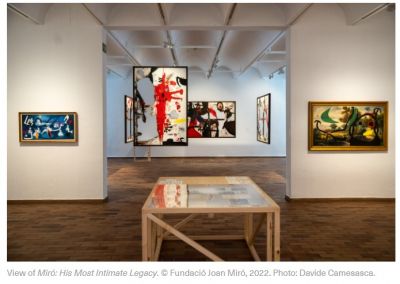
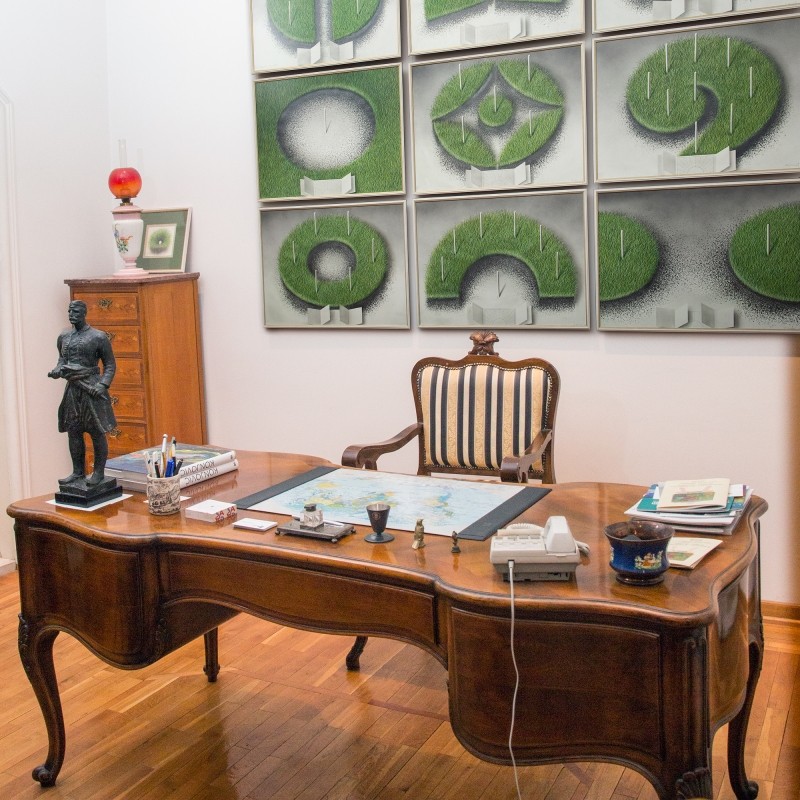
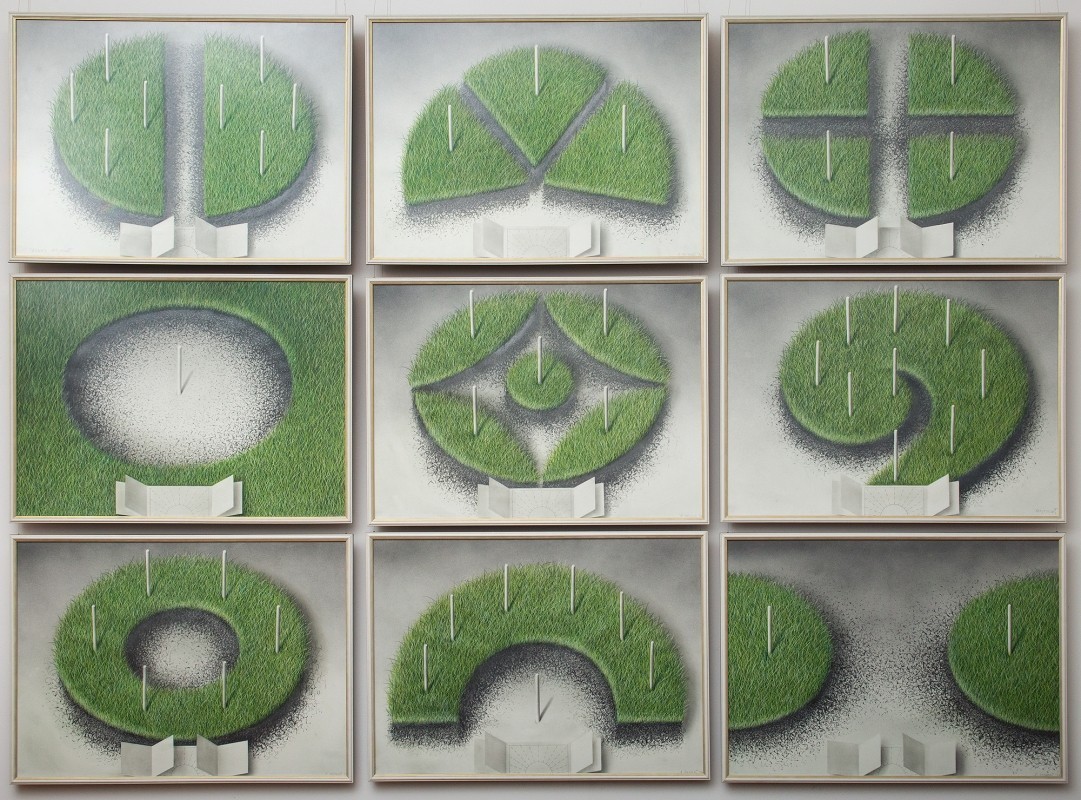
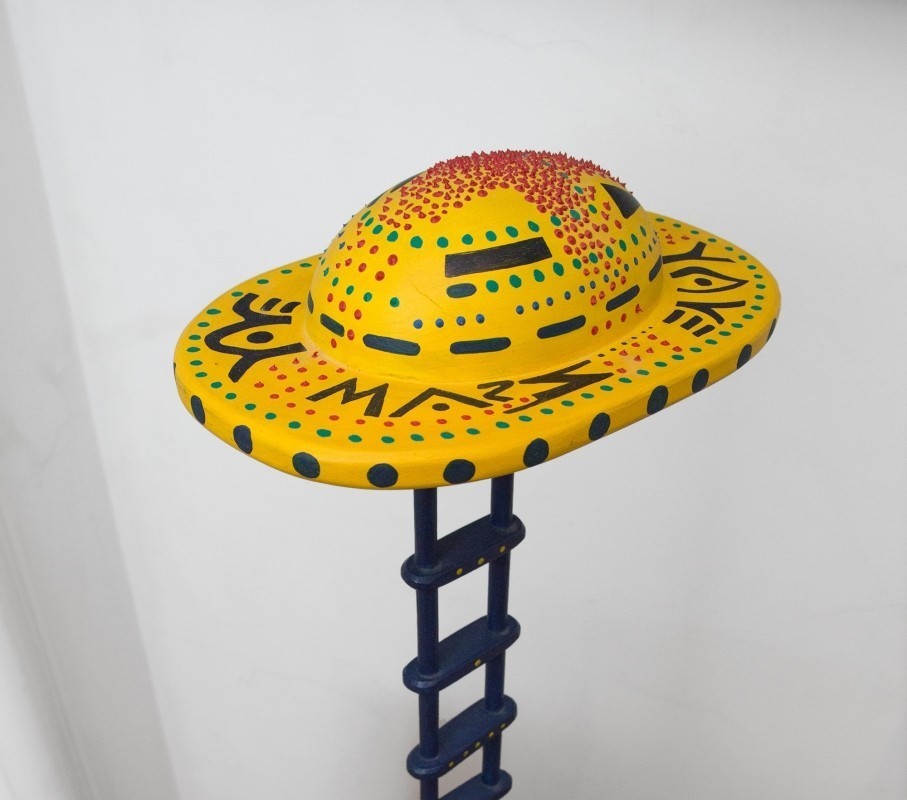
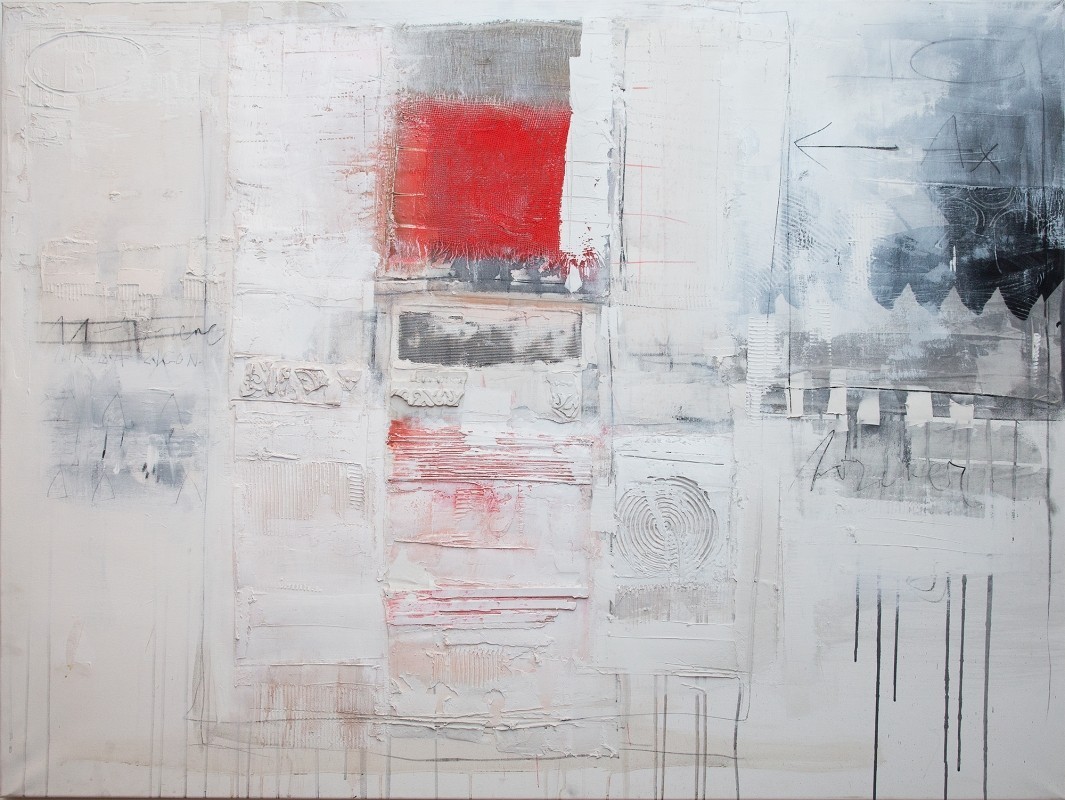
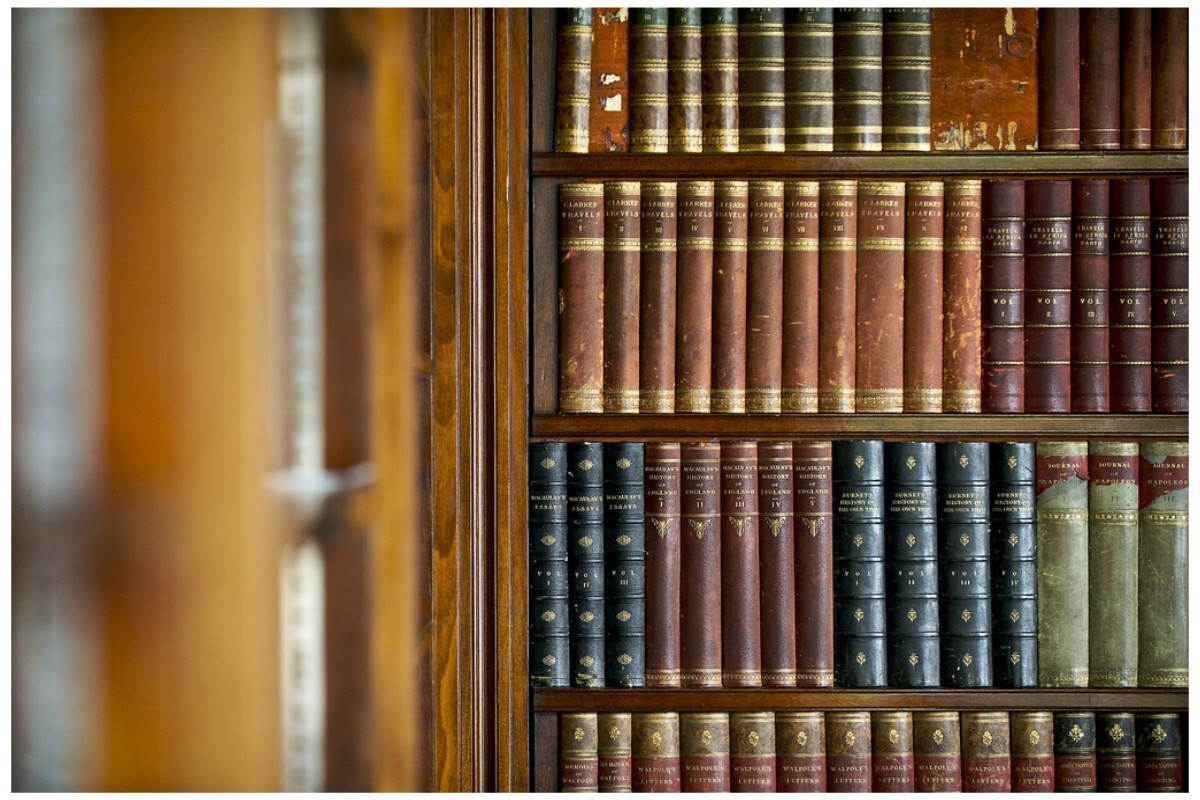


 Tweets by @ArtHaus_rs
Tweets by @ArtHaus_rs